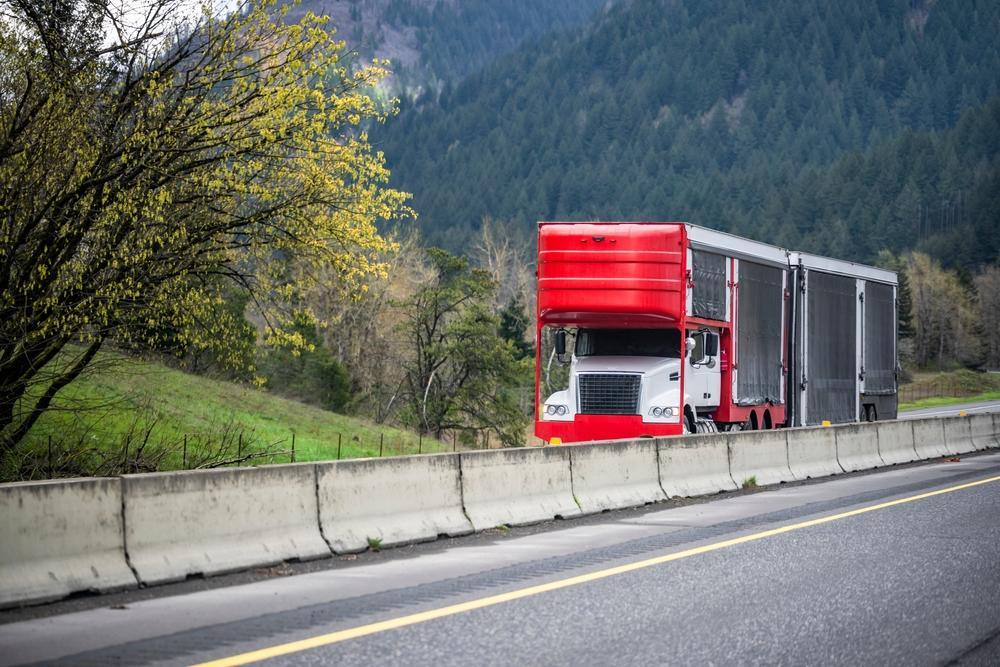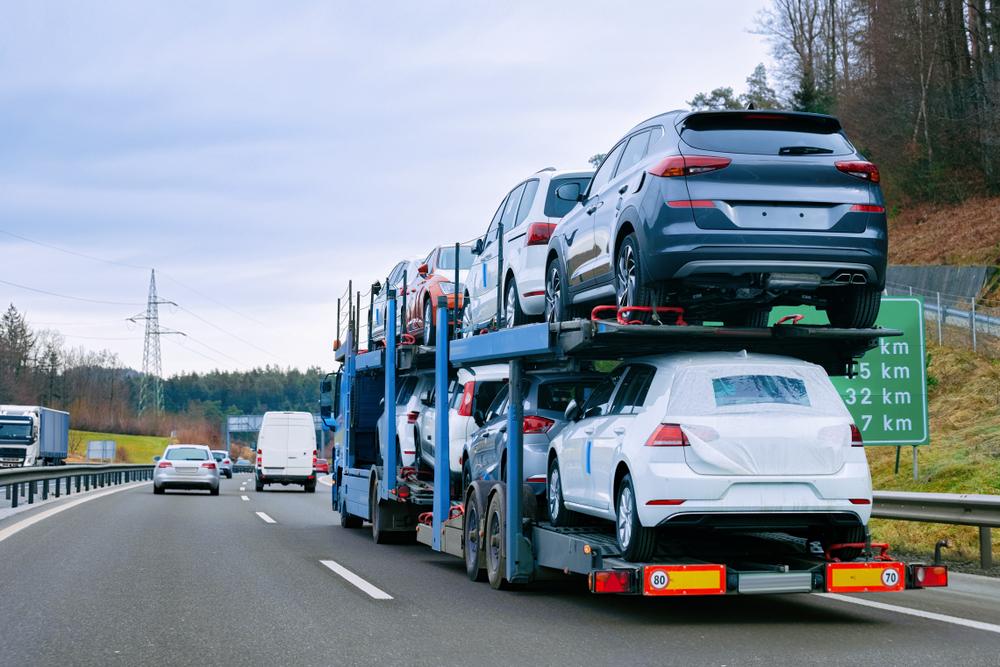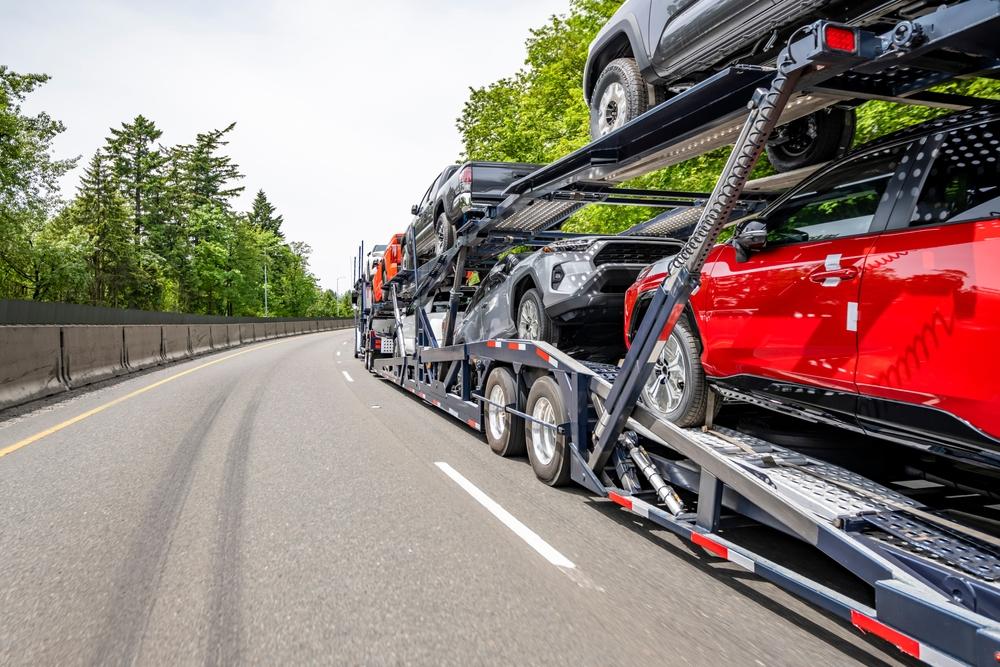
When it comes to shipping a car, one of the first decisions you'll need to make is whether to opt for open car shipping or enclosed car transport. This choice can significantly impact both the safety of your vehicle during transit and the overall cost of the shipping process. With a myriad of car shipping companies offering various options, it's vital to understand the differences between open and enclosed auto transport. This article aims to shed light on the key question: Is open carrier or enclosed carrier more expensive for car shipping? By delving into this topic, we aim to provide you with the information needed to make an informed decision that aligns with your budget and preferences for the safety and security of your vehicle.
When comparing the costs associated with open car shipping and enclosed car transport, it becomes clear that enclosed car carriers typically command a higher price tag. The primary reason for this is the added protection and security that enclosed auto shipping provides. Vehicles transported in enclosed carriers are shielded from the elements and road debris, making this option particularly appealing for owners of luxury, classic, or high-value automobiles. On average, choosing enclosed car shipping over open carrier transport can increase the cost by 40% to 60%, depending on various factors such as distance, vehicle size, and the specific services offered by the auto transport company. While open car shipping is more cost-effective and widely available, those seeking the utmost protection for their vehicle may find the additional expense of enclosed auto transport to be a worthwhile investment.

Factors Influencing Car Shipping Costs
Several factors can influence whether is open carrier or enclosed carrier more expensive for car shipping, extending beyond the simple choice between open and enclosed car carriers. Understanding these factors can help you better navigate the quotes provided by car shipping companies.
- Type of Carrier: The fundamental difference in cost stems from the added protection offered by enclosed car transport. Enclosed carriers safeguard vehicles from weather conditions and road debris, which is particularly beneficial for antique or luxury cars. However, because they transport fewer vehicles at a time compared to open carriers, the cost per vehicle is higher.
- Distance and Route: The distance your vehicle needs to be transported and the route taken can significantly affect the price. Longer distances generally increase the cost, but the accessibility of the delivery location can also play a role. Remote or difficult-to-reach areas might incur additional charges.
- Vehicle Type and Condition: The size and weight of your vehicle impact the cost. Larger and heavier vehicles require more space and fuel to transport, increasing the price. Additionally, non-running vehicles may require special equipment to load and unload, adding to the cost.
- Seasonality and Demand: Prices for both open and enclosed car shipping can fluctuate based on the time of year and current demand. Peak moving seasons and harsh weather conditions can drive up prices due to higher demand and more challenging shipping conditions.
By considering these factors, you can gain a clearer understanding of the costs involved in both open and enclosed auto transport, allowing you to choose a service that meets your needs and budget. Whether you prioritize cost savings with open car shipping or the enhanced protection of enclosed auto shipping, being informed will help you navigate the options available through car shipping companies.
Pros and Cons of Open and Enclosed Car Shipping
Deciding between open car transport and enclosed transport involves weighing the advantages and disadvantages of each option. This decision is crucial for ensuring your vehicle reaches its destination safely and within your budget.
Open Car Transport Pros and Cons:
Pros:
- Cost-Effectiveness: Open transport is the more affordable option for shipping vehicles. Since open carriers can transport multiple vehicles at once, the costs are distributed among the owners, making it a budget-friendly choice.
- Availability: Finding an auto transport company that offers open car shipping is easier due to its popularity and demand. This means you can often secure more flexible scheduling options.
Cons:
- Less Protection: Vehicles are exposed to the elements and road debris, which might not be ideal for luxury cars or classic cars that require extra care.
- Visibility: Your vehicle is in plain sight, which might be a concern for some owners, despite the rarity of issues.
Enclosed Car Shipping Pros and Cons:
Pros:
- Enhanced Protection: Enclosed trailers offer superior protection from weather and road debris, ensuring your vehicle arrives in pristine condition. This is particularly important for classic cars, luxury cars, and high-value vehicles.
- Privacy: Enclosed shipping keeps your vehicle concealed from view during transit, providing an added layer of security and privacy.
Cons:
- Higher Costs: Enclosed transport comes at a premium due to the specialized service it provides. The additional protection and lower vehicle capacity of enclosed carriers mean higher costs for the shipper, which are passed on to the customer.
- Limited Availability: Enclosed trailers are less common than open carriers, which can make booking an enclosed transport slot more challenging, especially on short notice.
Choosing between open and enclosed car shipping depends on your specific needs, the value of your vehicle, and your budget. While open transport offers a more cost-effective solution, enclosed transport provides unmatched protection and peace of mind for those shipping high-value or sentimental vehicles.

Additional Costs and Considerations
When selecting an auto transport company, it's vital to be aware of additional costs and considerations that may influence your decision between open and enclosed shipping.
- Insurance Coverage: Most companies offer basic insurance for open and enclosed transport, but enclosed shipping often comes with more comprehensive coverage due to the higher value of vehicles typically shipped this way. Always confirm the extent of coverage and consider purchasing additional insurance for complete peace of mind.
- Preparation for Shipping: Preparing your vehicle for transport requires some effort, whether you choose open or enclosed shipping. Remove personal items, perform a maintenance check, and document the vehicle's condition. Enclosed transport may have stricter requirements due to the nature of the vehicles being shipped.
- Delivery Options: Door-to-door delivery offers convenience but can be more expensive than terminal-to-terminal shipping. Enclosed transport, given its premium nature, often aligns with door-to-door service for a seamless experience.
Understanding these additional factors can help you better anticipate the total cost and logistics involved in shipping your vehicle, allowing you to make an informed choice between open transport and enclosed shipping based on your priorities.
Tips for Saving Money on Car Shipping
Shipping a vehicle can be a significant expense, but there are ways to save money, whether you opt for open car transport or an enclosed trailer.
- Be Flexible with Your Schedule: Auto transport companies often have fluctuating schedules and routes. Being flexible with your shipping dates can help you secure a spot on a carrier that's looking to fill up space, potentially at a lower rate.
- Compare Quotes: Don't settle for the first quote you receive. Instead, request quotes from multiple companies and compare their services and prices. This will help you find the best deal for either open or enclosed transport.
- Choose Terminal-to-Terminal Shipping: While door-to-door delivery is more convenient, choosing terminal-to-terminal shipping can significantly reduce costs. This option requires you to drop off and pick up your vehicle at specified locations.
- Book in Advance: Last-minute bookings can be more expensive due to the urgency and limited availability. Planning and booking your auto transport well in advance can help you secure better rates.
By considering these tips, you can make cost-effective decisions without compromising the safety and reliability of the shipping process, whether you're transporting classic cars, luxury cars, or any vehicle in need of moving from one place to another.

Conclusion
The choice between open car transport and enclosed shipping hinges on the balance between cost and protection. Enclosed shipping provides unparalleled protection for your vehicle, making it an ideal choice for luxury cars, classic cars, and high-value vehicles. However, this premium service comes at a higher cost compared to open shipping, which offers a more budget-friendly option with ample safety for standard vehicles. When deciding between the two, consider your vehicle's specific needs, its value, and your budget. By carefully weighing these factors, you can select the most suitable auto transport option that ensures your vehicle's safety and meets your financial considerations.
Ready to ship your vehicle with confidence? Contact A1 Auto Transport today for a seamless experience. Whether you need open or enclosed shipping, we offer affordable, reliable solutions tailored to your needs. Get your free quote now and let us take the worry out of your vehicle transport!






 Share on Facebook
Share on Facebook Share on LinkedIn
Share on LinkedIn Share on Twitter
Share on Twitter




 Google
Google  Instagram
Instagram  Trustpilot
Trustpilot 



